Infographics
Geography
Taiwan Earthquake and Pacific Ring of Fire
For Prelims: Pacific Ring of Fire, Circum-Pacific Belt, Subduction, Tsunami, Earthquake.
For Mains: Ring of Fire, Features and Causes of Frequent Earthquakes in the Pacific Ring of Fire.
Why in News?
A huge earthquake measuring 7.4 on the Richter Scale struck Taiwan, making it one of the biggest Earthquakes in at least 25 years.
- Japan issued a tsunami alert for the Ryukyu chain of islands which stretches from Taiwan to its main ‘home island’ of Kyushu. The Ryukyu group includes the island of Okinawa, which has been home to large US military bases since World War II and the Cold War.
What are the Causes of Such Earthquakes in Taiwan?
- Taiwan is prone to earthquakes as it lies along the Pacific “Ring of Fire” — where 90% of the world’s earthquakes take place.
- The Ring of Fire is the line of seismic faults encircling the Pacific Ocean where most of the world's earthquakes occur.
- The area is particularly vulnerable to temblors due to the tension accumulated from the interactions of two tectonic plates, the Philippine Sea Plate and the Eurasian Plate, which may lead to sudden releases in the form of earthquakes.
- Taiwan’s mountainous landscape can magnify the ground shaking, leading to landslides.
- Several such landslides occurred on Taiwan's eastern coast near the epicenter of when falling debris hit tunnels and highways, crushing vehicles and causing several deaths.
What is the Pacific Ring of Fire?
- About:
- Also called the Pacific rim or the Circum-Pacific Belt, is an area along the Pacific Ocean that is characterised by active volcanoes and frequent earthquakes.
- It is home to about 75% of the world’s volcanoes and about 90% of the world’s earthquakes occur here.
- Geographical Stretch:
- The Ring of Fire is stretched to approximately 40,000 kilometres tracing boundaries between several tectonic plates including the Pacific, Juan de Fuca, Cocos, Indian-Australian, Nazca, American, and Philippine Plates.
- The chain runs up along the western coast of South and North America, crosses over the Aleutian Islands in Alaska, and runs down the eastern coast of Asia past New Zealand and into the northern coast of Antarctica.
- There are several countries in the ring of fire like Indonesia, New Zealand, Papa New Guinea, Philippines, Japan, United States, Chile, Canada, Guatemala, Russia, Peru, Solomon Islands, Mexico and Antarctica.
- Causes of Volcanic Activity:
- Tectonic plates move towards each other creating subduction zones. One plate gets pushed down or is subducted by the other plate. This is a very slow process – a movement of just one or two inches per year.
- As this subduction happens, rocks melt, become magma move to Earth’s surface and cause volcanic activity.
- Recent Research:
- The Pacific Plate, which drives much of the tectonic activity in the Ring of Fire, is cooling off.
- The cooling process may alter the dynamics of plate boundaries, affecting subduction zones and mountain-building processes.
- Scientists have discovered that the youngest parts of the Pacific Plate (about 2 million years old) are cooling off and contracting at a faster rate than older parts of the plate (about 100 million years old).
- It could lead to increased stress accumulation along plate boundaries and may result in more frequent and potentially stronger earthquakes.
- The younger parts of the plate are found in its northern and western parts, the most active parts of the Ring of Fire.
- The Pacific Plate, which drives much of the tectonic activity in the Ring of Fire, is cooling off.
What is Subduction?
- Subduction happens when tectonic plates shift, and one plate is pushed under another. This movement of the ocean floor produces a "mineral transmutation", which leads to the melting and solidification of magma i.e., the formation of volcanoes.
- In other words, when a "downgoing" oceanic plate is pushed into a hotter mantle plate, it heats up, volatile elements mix, and this produces the magma.
- The magma then rises up through the overlying plate and spurts out at the surface.
- A subduction zone is the biggest crash scene on Earth. These boundaries mark the collision between two tectonic plates.
- When two tectonic plates meet at a subduction zone, one bends and slides underneath the other, curving down into the mantle, the hotter layer under the crust.
What is a Tsunami?
- Tsunami is a Japanese term meaning a harbour wave. It is also commonly known as killer waves.
- A Tsunami is not just a single wave but a series of ocean waves called a wave train caused by an underwater earthquake, by a volcanic eruption, landslide, rapid changes in atmospheric pressure, or a meteorite.
- However, tsunamis caused by volcanic activity are less frequent.
- Most tsunamis–about 80%–happen within the Pacific Ocean’s “Ring of Fire,” a geologically active area where tectonic shifts make volcanoes and earthquakes common.
- Tsunamis race across the sea at up to 800 kilometres an hour. At that pace, they can cross the entire expanse of the Pacific Ocean in less than a day.
- Since they are long wavelengths, they lose very little energy along the way.
- In December 2015, the UN General Assembly designated 5th November as World Tsunami Awareness Day.
|
Drishti Mains Question: Q. Discuss the causes, impacts, and mitigation strategies for earthquakes and tsunamis, highlighting the importance of early warning systems and community preparedness. |
UPSC Civil Services Examination, Previous Year Question (PYQ)
Prelims:
Q. Consider the following: (2013)
- Electromagnetic radiation
- Geothermal energy
- Gravitational force
- Plate movements
- Rotation of the earth
- Revolution of the earth
Which of the above are responsible for bringing dynamic changes on the surface of the earth?
(a) 1, 2, 3 and 4 only
(b) 1, 3, 5 and 6 only
(c) 2, 4, 5 and 6 only
(d) 1, 2, 3, 4, 5 and 6
Ans: (d)
Mains:
Q. Discuss about the vulnerability of India to earthquake related hazards. Give examples including the salient features of major disasters caused by earthquakes in different parts of India during the last three decades. (2021)
Q. Why are the world’s fold mountain systems located along the margins of continents? Bring out the association between the global distribution of fold mountains and earthquakes and volcanoes. (2014)

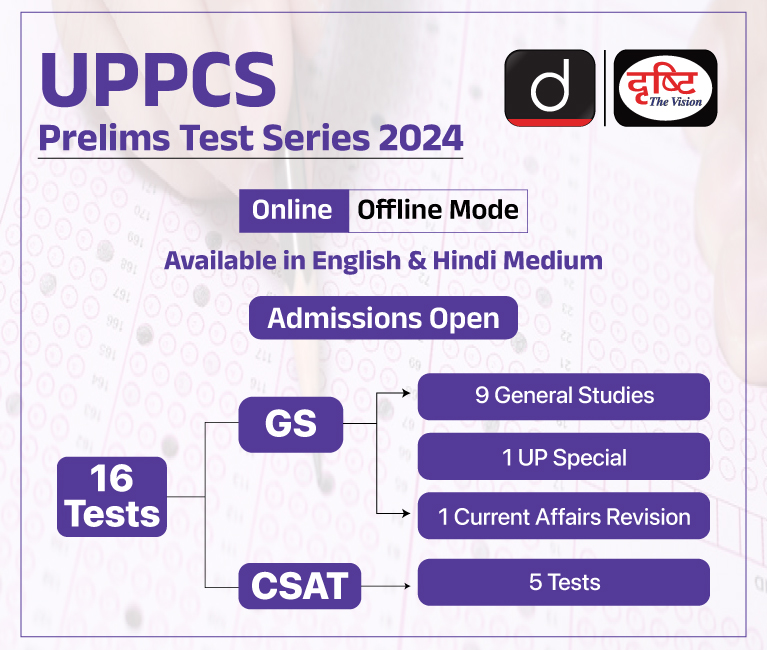
Governance
Global Hepatitis Report 2024
For Prelims: World Health Organisation, Hepatitis, National Viral Hepatitis Control Program, India's Universal Immunization Programme
For Mains: Prevalence of Hepatitis at Global and Indian level, Challenges in tackling Hepatitis and how to achieve the global target
Why in News?
The recently released Global Hepatitis Report 2024 by the World Health Organisation (WHO) has highlighted India as one of the nations facing a significant burden of viral hepatitis, particularly Hepatitis B and C infections.
What are the Key Findings of the Report?
- India's Hepatitis Burden:
- Prevalence in India:
- India is one of the countries with the highest burden of viral hepatitis.
- India has an estimated 2.9 crore people living with Hepatitis B infection and 0.55 crore living with Hepatitis C infection.
- There were over 50,000 new Hepatitis B cases and 1.4 lakh new Hepatitis C cases reported in India in 2022.
- These viral hepatitis infections killed 1.23 lakh people in India in 2022.
- Drivers of Hepatitis Infections in India:
- Both Hepatitis B and C infections are transmitted through various means, including mother-to-child transmission, unsafe blood transfusions, contact with infected blood, and needle-sharing among drug users.
- Despite advancements in blood safety protocols, mother-to-child transmission remains a primary mode of infection for Hepatitis B in India.
- Both Hepatitis B and C infections are transmitted through various means, including mother-to-child transmission, unsafe blood transfusions, contact with infected blood, and needle-sharing among drug users.
- Diagnosis and Treatment Coverage:
- In India, only 2.4% of Hepatitis B cases and 28% of Hepatitis C cases are diagnosed.
- Treatment coverage is even lower, at 0% for Hepatitis B and 21% for Hepatitis C, despite the availability of affordable generic medicines.
- Barriers to Improving Hepatitis Outcomes:
- Limited reach and utilisation of the National Viral Hepatitis Control Program.
- Need to expand access to affordable diagnostics and treatment services under the program.
- Requirement to treat all diagnosed individuals, regardless of disease stage, to reduce health consequences and transmission.
- Prevalence in India:
- Global:
- Mortality Trends:
- Viral hepatitis caused an estimated 1.3 million deaths globally in 2022, on par with tuberculosis.
- Hepatitis B accounted for 83% of these deaths, while hepatitis C accounted for 17%.
- The rise in mortality suggests an increase in hepatitis-related liver cancer cases and deaths.
- The number of new viral hepatitis infections declined from 2.5 million in 2019 to 2.2 million in 2022.
- Viral hepatitis caused an estimated 1.3 million deaths globally in 2022, on par with tuberculosis.
- Prevalence:
- Globally, an estimated 304 million people were living with hepatitis B and C in 2022.
- WHO estimates indicate that 254 million people lived with hepatitis B and 50 million with hepatitis C in 2022.
- 12% of the burden is among children, particularly for hepatitis B.
- Globally, an estimated 304 million people were living with hepatitis B and C in 2022.
- Barriers to Scaling Up Testing and Treatment:
- Lack of funding and limited decentralisation have restricted the scaling up of testing services.
- Many countries are still not procuring hepatitis medicines at the available generic prices, leading to high costs.
- Patent-related barriers remain an obstacle to accessing affordable hepatitis C medicines in some countries.
- Mortality Trends:
What are the Key Facts About Hepatitis?
- About:
- Hepatitis is caused by infectious viruses (viral hepatitis), and noninfectious agents, leading to a range of health problems, some of which can be fatal.
- There are five main strains of the hepatitis virus: A, B, C, D, and E, each with different modes of transmission, severity, geographical distribution, and prevention methods.
- Types B and C are the most common cause of liver cirrhosis (a condition in which the liver is scarred and permanently damaged), liver cancer, and viral hepatitis-related deaths.
- Some types of hepatitis are preventable through vaccination, and an estimated 4.5 million premature deaths could be prevented by 2030 through vaccination, diagnostic tests, medicines, and education campaigns.
- WHO's global hepatitis strategy aims to reduce new hepatitis infections by 90% and deaths by 65% between 2016 and 2030.
- Symptoms and Severity:
- Hepatitis A, B, C, D, and E can exhibit mild or no symptoms.
- Symptoms of hepatitis A, B, and C include fever, malaise, loss of appetite, diarrhoea, nausea, abdominal discomfort, dark-coloured urine, and jaundice.
- Chronic liver infection, cirrhosis, and liver cancer can result from hepatitis A, B, and C.
- Hepatitis D is found in people already infected with hepatitis B and can cause a more serious infection and accelerated progression to cirrhosis. Chronic hepatitis D is rare.
- Hepatitis E symptoms include mild fever, reduced appetite, nausea, vomiting, abdominal pain, itching, skin rash, joint pain, jaundice, dark urine, pale stools, and hepatomegaly or acute liver failure.
Way Forward
- Treating an estimated 40 million people with hepatitis B and curing 30 million people with hepatitis C by 2026 is crucial to regain the trajectory towards elimination.
- Targeted efforts are required to reach specific high-risk populations affected by viral hepatitis.
- Integrate hepatitis services into primary healthcare settings to improve access for individuals across all socioeconomic backgrounds.
- Expand and improve the National Viral Hepatitis Control Program by increasing funding, broadening its scope, and enhancing coordination among stakeholders. Prioritise early diagnosis and treatment initiation through the program.
|
Drishti Mains Question: Q.Examine the barriers hindering the scaling up of testing and treatment services for viral hepatitis in India. |
UPSC Civil Services Examination, Previous Year Questions (PYQs)
Prelims:
Q. Which one of the following statements is not correct? (2019)
(a) Hepatitis B virus is transmitted much like HIV.
(b) Hepatitis B unlike Hepatitis C, does not have a vaccine.
(c) Globally, the number of people infected with Hepatitis B and C viruses arc several times more than those infected with HIV.
(d) Some of those infected with Hepatitis B and C viruses do not show the symptoms for many years.
Ans: (b)
Q. Which of the following diseases can be transmitted from one person to another through tattooing? (2013)
- Chikungunya
- Hepatitis B
- HIV-AIDS
Select the correct answer using the codes given below:
(a) 1 only
(b) 2 and 3 only
(c) 1 and 3 only
(d) 1, 2 and 3
Ans: (b)


Governance
Addressing Antimicrobial Resistance
For Prelims: Global Leaders Group (GLG) on Antimicrobial Resistance (AMR), Antimicrobial Resistance, Food and Agriculture Organization, World Health Organization, One Health Approach
For Mains: Antimicrobial Resistance, Government policies and interventions for development in various sectors and issues arising out of their design and implementation.
Why in News?
Global Leaders Group (GLG) on Antimicrobial Resistance (AMR) released a report titled “Towards specific commitments and action in the response to antimicrobial resistance” ahead of a high-level meeting on AMR to be held at the United Nations General Assembly.
What are the Key Highlights of the Report?
- The GLG report emphasises the need for adequate, predictable, and sustainable financing from domestic and external sources to address AMR, including tackling the dwindling research and development pipeline for new antibiotics.
- The GLG proposes expanding the scope of existing financing instruments to include AMR and increasing investments to support the implementation of multisectoral National Action Plans, especially in low- and middle-income countries.
- The GLG stresses the need for improved quality of data on AMR through surveillance and monitoring and recommends strengthening human resources and infrastructure capacity.
- The GLG proposes the following global targets to catalyse action at the national level:
- Deaths Caused by Bacterial AMR: By 2030, reduce global deaths caused by bacterial AMR by 10%.
- Antibiotic Stewardship and Responsible use in Humans: By 2030, ACCESS group antibiotics comprise at least 80% of overall human antibiotic consumption.
- The ACCESS group antibiotics are a category of antibiotics designated by the World Health Organization (WHO) through their AWaRe classification system.
- Access antibiotics are antibiotics with a narrow spectrum of activity, generally with fewer side-effects, a lower potential for the selection of antimicrobial resistance and lower cost.
- The ACCESS group antibiotics are a category of antibiotics designated by the World Health Organization (WHO) through their AWaRe classification system.
- Antimicrobial use in Agri-food Systems:
- By 2030, reduce the number of antimicrobials used in the agri-food system globally by at least 30-50% from the current level.
- By 2030, eliminate the use of medically important antimicrobials for human medicine in animals for non-veterinary medical purposes, or in crop production and agri-food systems for non phytosanitary purposes.
- Based on these global targets, the GLG recommends that all countries should develop national, outcome-oriented, sector-specific targets with clear goals and timelines, and follow up on their implementation.
Global Leaders Group (GLG) on Antimicrobial Resistance (AMR)
- The GLG on AMR was established in 2020 following the recommendation of the Interagency Coordination Group on AMR (IACG) with the mission to advise on and advocate for political action for the mitigation of drug-resistant infections through responsible and sustainable access to and use of antimicrobials.
- Secretariat support for the GLG is provided by the Quadripartite Joint Secretariat (QJS) on Antimicrobial Resistance, a joint effort by the Quadripartite organisations (the Food and Agriculture Organization of the United Nations (FAO), the United Nations Environment Programme (UNEP), the World Health Organization (WHO), and the World Organisation for Animal Health (WOAH)).
Why is Antimicrobial Resistance a Growing Concern?
- AMR is already a leading cause of death globally, contributing to nearly 5 million deaths annually, with a significant portion occurring in children under the age of five.
- In 2019, bacterial AMR directly caused 1.27 million deaths globally and contributed to 4.95 million deaths.
- Uncontrolled AMR is projected to lower life expectancy and result in unprecedented healthcare costs and economic losses.
- The studies forecast a potential loss of 1.8 years of life expectancy globally by 2035 if stronger responses to AMR are not implemented.
- Without decisive action, AMR is projected to incur substantial economic losses, with estimates suggesting an annual cost of USD 412 billion in additional healthcare expenses and USD 443 billion in lost workforce productivity.
- AMR incurs significant economic costs, with estimates suggesting up to USD 3.4 trillion GDP losses per year by 2030.
What is Antimicrobial Resistance?
- About:
- AMR is a global public health threat that occurs when bacteria, viruses, fungi, and parasites no longer respond to antimicrobial medicines.
- Misuse and overuse of antimicrobials in humans, animals, and plants are primary drivers of drug-resistant pathogens.
- Low- and middle-income countries are disproportionately affected by AMR due to poverty and inequality.
- AMR jeopardises the efficacy of modern medicine, making infections harder to treat and medical procedures riskier.
- Global Initiatives:
- One Health Approach:
- Integrated approach involving human health, animal health, and environmental sectors.
- Aim to achieve optimal health outcomes for people, animals, and ecosystems.
- Global Action Plan (GAP) on Antimicrobial Resistance:
- Adopted during the 2015 World Health Assembly to tackle AMR with a One Health approach.
- Quadripartite Joint Secretariat on Antimicrobial Resistance:
- Collaboration between WHO, FAO, UNEP, and WOAH to coordinate global response.
- High-level Meetings on AMR:
- UNGA resolution established high-level meetings to address AMR.
- World AMR Awareness Week (WAAW):
- Global campaign to raise awareness and promote best practices.
- One Health Approach:
|
Drishti Mains Question: Q. Evaluate the potential consequences of uncontrolled antimicrobial resistance (AMR) on global health and economy. |
UPSC Civil Services Examination, Previous Year Questions (PYQ)
Prelims:
Q. Which of the following are the reasons for the occurrence of multi-drug resistance in microbial pathogens in India? (2019)
- Genetic predisposition of some people
- Taking incorrect doses of antibiotics to cure diseases
- Using antibiotics in livestock farming
- Multiple chronic diseases in some people
Select the correct answer using the code given below.
(a) 1 and 2
(b) 2 and 3 only
(c) 1, 3 and 4
(d) 2, 3 and 4
Ans: (b)
Mains:
Q. Can overuse and free availability of antibiotics without Doctor’s prescription, be contributors to the emergence of drug-resistant diseasesin India? What are the available mechanisms for monitoring and control? Critically discuss the various issues involved. (2014)


Science & Technology
Exploring the Durability of Modern Vaccines
For Prelims: Vaccines, Viruses, Bacteria, Measles, Rubella, Yellow fever, Hepatitis B, Hepatitis A, Memory B cells, T cell, Tetanus, Diphtheria Vaccines, Long-lasting plasma cells (LLPCs), Bone Marrow, Influenza, SARS-CoV-2
For Mains: Vaccines efficacy and its impact on human resources in India.
Why in News?
Recently, in a review of several vaccines, it has been found that only five vaccines provide long-lasting protection spanning more than 20 years and only three provide lifelong protection.
- The variability in vaccine efficacy poses challenges concerning its effectiveness and longevity.
What are Vaccines and Immunological Mechanism?
- About:
- Vaccines are biological preparations designed to stimulate the body's immune system to recognise and fight against specific pathogens, such as viruses or bacteria, without causing the disease itself.
- They typically contain weakened or inactivated forms of the pathogen, parts of the pathogen, or toxins produced by the pathogen.
- Immunological Mechanism :
- Memory B Cells: Formed in lymph nodes after vaccination, they "memorise" antigens and trigger rapid antibody production upon subsequent exposure to the same antigen.
- T Cell Support: Memory B cells require T cell support vaccines that stimulate T cells can induce the production of memory B cells.
- Variability in Vaccine-Induced B Cell Response: Not all vaccines prompt the body to produce memory B cells. Some vaccines require frequent boosters to enhance immunity duration.
- Example: Measles and rubella vaccines maintain constant levels of memory B cells in blood plasma, correlating with antibody levels for decades. However, this is not observed with chickenpox, tetanus, and diphtheria vaccines.
- Long-Lasting Plasma Cells (LLPCs): Migrate to the bone marrow and may endure for decades, playing a crucial role in vaccine-induced immunity.
- LLPCs are essential for lifelong protection, termed the immunology "holy grail." Vaccines aim to generate LLPCs for sustained immunity.
- Some vaccines, like mRNA Covid-19 shots, fail to activate LLPCs in the bone marrow, potentially impacting long-term protection.
- Variability in Vaccine Efficacy: Different vaccines differ in their ability to produce memory B cells and LLPCs, leading to discrepancies in durability and effectiveness.
- Vaccine and its Efficacy:
Vaccine Induced Immunity
- Vaccine immunity, also known as acquired immunity or immunisation, refers to the protection against infectious diseases that is conferred by vaccination.
- When a person receives a vaccine, their immune system is stimulated to recognize and respond to specific pathogens, such as viruses or bacteria, without causing the disease itself.
What Factors Influence the Efficacy of Vaccines?
- Vaccine efficacy is influenced by three primary categories of factors, i.e., vaccine related, pathogen related and host related.
- Vaccine Related:
- Live Viral Vaccinations: It Includes the vaccines for measles, rubella, yellow fever, chickenpox, and polio (oral) provide long lasting protection than killed pathogen or subunit vaccines.
- Interval Between Vaccine Doses: A long interval of at least six months between priming and booster doses is crucial for a robust immune response.
- Target Pathogen Related:
- Pathogens with Mucosal Infections: Viruses causing mucosal infections like SARS-CoV-2 and influenza lead to frequent reinfections due to their quick transmission before the immune system can mount a response.
- Genetic Stability of Virus: RNA viruses like measles and SARS-CoV-2, with high mutation rates, may require vaccine updates.
- Measles vaccine has remained stable, while SARS-CoV-2 vaccines have been updated due to mutations.
- Host-Related Factors:
- Age, Gender, and Obesity: These factors influence vaccine efficacy and duration of immunity. Extreme ages and obesity may lead to shorter-lasting immune responses.
- Vaccine Related:
Initiatives for Taken by Government for Vaccination:
|
Drishti Mains Question: Q.Discuss the immunological mechanisms underlying vaccine-induced immunity and the factors influencing vaccine efficacy. |
UPSC Civil Services Examination Previous Year Question (PYQ)
Prelims:
Q. ‘Mission Indradhanush’ launched by the Government of India pertains to (2016)
(a) immunization of children and pregnant women
(b) construction of smart cities across the country
(c) India’s own search for the Earth-like planets in outer space
(d) New Educational Policy
Ans: A
Exp:
- Mission Indradhanush is an immunization scheme launched by the Ministry of Health and Family Welfare, GoI on 25th December, 2014.
- Depicting seven colors of the rainbow, it aimed to cover all those children by 2020 who are either unvaccinated, or are partially vaccinated against seven vaccine preventable diseases which include diphtheria, whooping cough, tetanus, polio, tuberculosis, measles and hepatitis B.
- The mission is technically supported by WHO, UNICEF, Rotary International and other donor partners. Therefore, option (a) is the correct answer.


Indian Polity
Voter Verified Paper Audit Trail (VVPAT)
For Prelims: ECI, VVPAT, Electronic Voting Machine, Model Code of Conduct
For Mains: Challenges facing the VVPAT system in Indian elections, Potential solutions for ensuring the reliability and transparency of the VVPAT system in future elections, VVPAT and Free and Fair Elections.
Why in News?
Recently, the Supreme Court announced that it would soon address petitions for 100% verification of Voter Verified Paper Audit Trail (VVPAT) slips, just ahead of the first phase of voting on 19th April 2024.
What is a VVPAT Machine?
- About:
- The VVPAT machine is attached to the ballot unit of the Electronic Voting Machine (EVM), and provides visual verification for the vote cast by a voter by printing a slip of paper with the voter’s choice on it.
- The slip of paper with the candidate’s details is briefly displayed for verification behind a glass window, giving the voter 7 seconds, before dropping into a compartment below.
- Voters are not allowed to take the VVPAT slip home as it is used to verify votes in five randomly selected polling booths.
- The concept aims to enhance trust in the voting process by enabling physical verification of electronically cast votes, reassuring both voters and political parties about the accuracy of their votes.
- Reason for Introduction:
- The concept of the VVPAT machine was initially proposed in 2010 during a meeting between the Election Commission of India (ECI) and political parties to enhance transparency in the EVM-based polling process.
- Following prototype preparation, field trials were conducted in Ladakh, Thiruvananthapuram, Cherrapunjee, East Delhi, and Jaisalmer in July 2011.
- It led to the approval of VVPAT by an expert committee of the ECI in February 2013.
- Legal Aspect:
- In 2013, the Conduct of Elections Rules, 1961 were amended to allow for a printer with a drop box to be attached to the EVM.
- The VVPAT was first used in all 21 polling stations of the Noksen Assembly constituency of Nagaland in 2013, leading to its phased introduction decided by the ECI, with 100% adoption by June 2017.
- Supreme Court’s Views on VVPAT:
- In Subramanian Swamy vs Election Commission of India Case, 2013, the Supreme Court mandating VVPATs for transparent elections, compelling government funding for their implementation.
- In 2019, a petition was moved to the SC asking for a minimum 50% randomised VVPAT slips to be counted.
- However, the Election Commission of India (ECI) raised concerns regarding the challenges posed by counting 50% of VVPAT slips, including a potential delay of 5-6 days in declaring election results and infrastructure limitations such as the availability of manpower.
- In 2013, the Conduct of Elections Rules, 1961 were amended to allow for a printer with a drop box to be attached to the EVM.
What Does the Statistical Data Say About VVPAT Slips?
- Initially the Election Commission used to match VVPAT paper slips of 4,125 electronic voter machines under the one EVM per assembly segment rule.
- This was based on the result of the request made by the EC, in 2018 to the Indian Statistical Institute (ISI) to determine a sample size for the internal audit of VVPAT slips with EVM results that is mathematically sound, statistically robust, and practically cogent.
- As per ISI's calculations, even counting slips from 479 randomly selected VVPATs across the country would guarantee over 99% accuracy.
- This was based on the result of the request made by the EC, in 2018 to the Indian Statistical Institute (ISI) to determine a sample size for the internal audit of VVPAT slips with EVM results that is mathematically sound, statistically robust, and practically cogent.
- However, the Supreme Court ruled in 2019 that VVPAT slips of five electronic voting machines in every constituency should be counted instead of just one EVM for the greatest degree of accuracy, and satisfaction in the election process.
- These five polling stations are selected by a draw of lots by the Returning Officer concerned, in the presence of candidates/ their agents.
- With the Supreme Court ruling, the ECI has to now count VVPAT slips of 20,625 electronic voting machines.
Indian Statistical Institute (ISI)
- The Indian Statistical Institute (ISI) is a prestigious institution in India, recognised as an Institute of National Importance by the 1959 act of the Indian parliament.
- It was registered on 28th April 1932 as a non-profit distributing learned society under the West Bengal Societies Registration Act, 1860.
- It was founded by Professor Prasanta Chandra Mahalanobis in Kolkata.
- ISI engages in extensive research, with contributions to various fields and collaboration with governmental and industrial entities.
- It comes under the Ministry of Statistics and Program Implementation.
|
Drishti Mains Question: Q. Examine the importance of Voter Verified Paper Audit Trail (VVPAT) in maintaining electoral integrity and reinforcing democratic values in India. |
UPSC Civil Services Examination, Previous Year Questions (PYQ)
Mains:
Q. In the light of recent controversy regarding the use of Electronic Voting Machines (EVM), what are the challenges before the Election Commission of India to ensure the trustworthiness of elections in India? (2018)


Important Facts For Prelims
District Election Management Plan
Why in News?
In light of the upcoming Lok Sabha elections, the conduct of elections has become increasingly complex and multifaceted, requiring meticulous planning and execution to ensure a free, fair, and inclusive electoral process.
- A cornerstone of this planning process is the District Election Management Plan (DEMP).
What is the District Election Management Plan (DEMP)?
- About:
- The DEMP is a comprehensive document that uses statistics and analysis to ensure the smooth conducting of elections in districts.
- Preparation:
- According to the directives of the Election Commission of India, the DEMP must be formulated at least six months before the tentative date of polling.
- The dynamics of the electoral process often necessitate periodic reassessment and modification of the plan after the official announcement of elections.
- The effective execution of the DEMP entails a coordinated endeavour involving electoral officials, administrative bodies, law enforcement agencies, and other pertinent stakeholders.
- Scheduled engagements with political entities and media outlets are also arranged to provide them with comprehensive briefings on electoral regulations and procedures.
What are the Elements of DEMP?
- District Profile:
- It is the foundational element of the electoral strategy, incorporating a political map delineating constituencies, pertinent demographic and infrastructure statistics, and an overview of the district's administrative structure and socio-economic characteristics.
- Polling Station Infrastructure:
- Detailed strategies are devised to enhance the availability and accessibility of polling stations, ensuring essential amenities such as ramps, electricity, lighting, drinking water, toilets, and internet connectivity.
- Special provisions are made for voters with disabilities and senior citizens, including the establishment of help desks, 24/7 control rooms, home voting options, and advanced postal ballot voting for essential service personnel.
- Detailed strategies are devised to enhance the availability and accessibility of polling stations, ensuring essential amenities such as ramps, electricity, lighting, drinking water, toilets, and internet connectivity.
- EVM Management:
- Electronic Voting Machine (EVM) management is crucial for maintaining the integrity of the electoral process, with plans necessary for secure storage and availability of EVMs and Voter Verifiable Paper Audit Trails (VVPATs), including plans for their transportation and maintenance.
- Systematic Voters’ Education and Electoral Participation (SVEEP) Plan:
- It focuses on augmenting electoral participation by analysing voter turnout data to identify polling stations with subpar or notably low participation rates.
- It involves leveraging social media platforms, engaging with diverse community and youth organisations, and organising awareness-raising events leading up to the polling day.
- Personnel Planning and Training:
- The DEMP outlines a comprehensive strategy for the recruitment, training, welfare, and deployment of election personnel.
- It emphasises the necessity of establishing a robust database of poll personnel, categorising them by cadre and group, and assessing their deployment requirements while devising strategies to bridge gaps in personnel across various election roles.
- The plan incorporates training programs for district-level teams to enforce the Model Code of Conduct (MCC) and provides comprehensive training for all election personnel to ensure they possess the requisite skills and knowledge for their respective roles.
UPSC Civil Services Examination Previous Year’s Questions (PYQs)
Q Consider the following statements: (2012)
- Union Territories are not represented in the Rajya Sabha.
- It is within the purview of the Chief Election Commissioner to adjudicate the election disputes.
- According to the Constitution of India, the Parliament consists of the Lok Sabha and the Rajya Sabha only.
Which of the statements given above is/are correct?
(a) 1 only
(b) 2 and 3 only
(c) 1 and 3 only
(d) None
Ans: (d)
Q. The Constitution (Seventy-Third Amendment) Act,1992, which aims at promoting the Panchayati Raj Institutions in the country provides for which of the following? (2011)
- Constitution of District Planning Committees.
- State Election Commissions to conduct all panchayat elections.
- Establishment of State Finance Commissions.
Select the correct answer using the codes given below:
(a) 1 only
(b) 1 and 2 only
(c) 2 and 3 only
(d) 1, 2 and 3
Ans: (c)
Q. Consider the following statements: (2017)
- The Election Commission of India is a five-member body.
- The Union Ministry of Home Affairs decides the election schedule for the conduct of both general elections and bye-elections.
- Election Commission resolves the disputes relating to splits/mergers of recognised political parties.
Which of the statements given above is/are correct?
(a) 1 and 2 only
(b) 2 only
(c) 2 and 3 only
(d) 3 only
Ans: (d)


Rapid Fire
AUKUS Alliance to Expand Membership
The AUKUS alliance, comprising Australia, the United Kingdom, and the United States, is set to enter discussions for expanding its membership.
- AUKUS is a trilateral partnership that aims to strengthen security and defence interests through enhanced cooperation.
- AUKUS will involve deeper information and technology sharing, as well as integration of security and defence-related science, technology, industrial bases, and supply chains.
- The alliance was formed in 2021 to counter China's influence in the Indo-Pacific region.
- India is not a member of the group. However, India and the AUKUS bloc have engaged in informal talks on emerging technologies, although no formal dialogue has occurred yet.
Read more: India and the AUKUS Grouping


Rapid Fire
India's Household Debt and Savings Crisis
India's economic landscape has witnessed a concerning trend with household debt levels soaring to a historic high of 40% of GDP by December 2023, while net financial savings moved to an alarming low of around 5% of GDP.
- The report forecasts that the trend of low net financial savings is likely to persist, with household debt fueled by personal loans, agricultural loans, and business loans continuing its ascent.
- This financial strain, coupled with declining Gross Domestic Savings, paints a grim picture of India's economic stability and underscores the urgent need for comprehensive policy measures to address this mounting crisis.
Read more: Household Consumption Expenditure Survey 2022-23


Rapid Fire
Important Terminology in AI
Recently the few terms related to the field of artificial intelligence (AI) and computer science, are in the news in the context of emerging issues in the field of Information technology.
- Data Dredging:
- It is a statistical manipulation method to find patterns in data, seemingly appearing to be significant but having no underlying effect in reality – resulting in misleading conclusions.
- Air Gap:
- In cyber security, air gap refers to a network security measure of isolating computers or networks from external connections, including the internet.
- Air gaps are typically employed in high-risk scenarios, like classified defence systems, to safeguard data from damage, unauthorised access, and manipulation in cases of system failure or intrusion.
- Mixture of Experts:
- It is a machine learning approach to training by splitting tasks into sub-problems and assigning ‘expert’ models to handle each of them.
- Each expert model predicts the sub-tasks which are then combined to generate the final output.
- OTA Update:
- Over-the-air (OTA) updates are the delivery of new software or firmware features and updates via an internet connection.
- OTA updates provide enhancements to the operating system, system apps on read-only partitions, and time zone rules wirelessly, enabling automatic or manual installation.
Read more: Cyber Security


Rapid Fire
Change in Global Accounting Rule
Recently the International Accounting Standards Board (IASB) published new requirements under which Companies will have to publish standardised operating profit figures from 2027.
- Currently, before arriving at a net profit or loss, many companies report earnings before interest, taxes, depreciation, and amortisation or EBITDA.
- This figure is not defined under IASB rules and therefore can be compiled in different ways to flatter performance.
- International Accounting Standards Board (IASB):
- The IASB, established in 2001 under the oversight of the International Financial Reporting Standard Foundation that develops and approves International Financial Reporting Standards to create a global accounting language for financial reporting, mandated by over 140 jurisdictions.
- Earnings Before Interest, Taxes, Depreciation, and Amortisation (EBITDA):
- EBITDA is a financial metric that evaluates a company's operating performance by excluding the effects of financing and accounting decisions, allowing a focus on core operational profitability.
Read more: Indian Accounting Standards


Rapid Fire
Political Contribution by Newly Incorporated Firms
Source: TH
Despite regulations prohibiting companies less than three years old from making political contributions, recent data reveals startling purchases of electoral bonds by newly established firms in India.
- The Companies Act 2013 prohibits companies less than three years old from making political contributions, aiming to prevent shell companies from contributing funds into political parties.
- The 2017 amendment removed the cap on contributions but retained the three-year prohibition.
- Section 182 of the Companies Act 2013 outlines penalties for contravention, including fines and imprisonment for officers.
Read more: SC Strikes Down Electoral Bonds Scheme



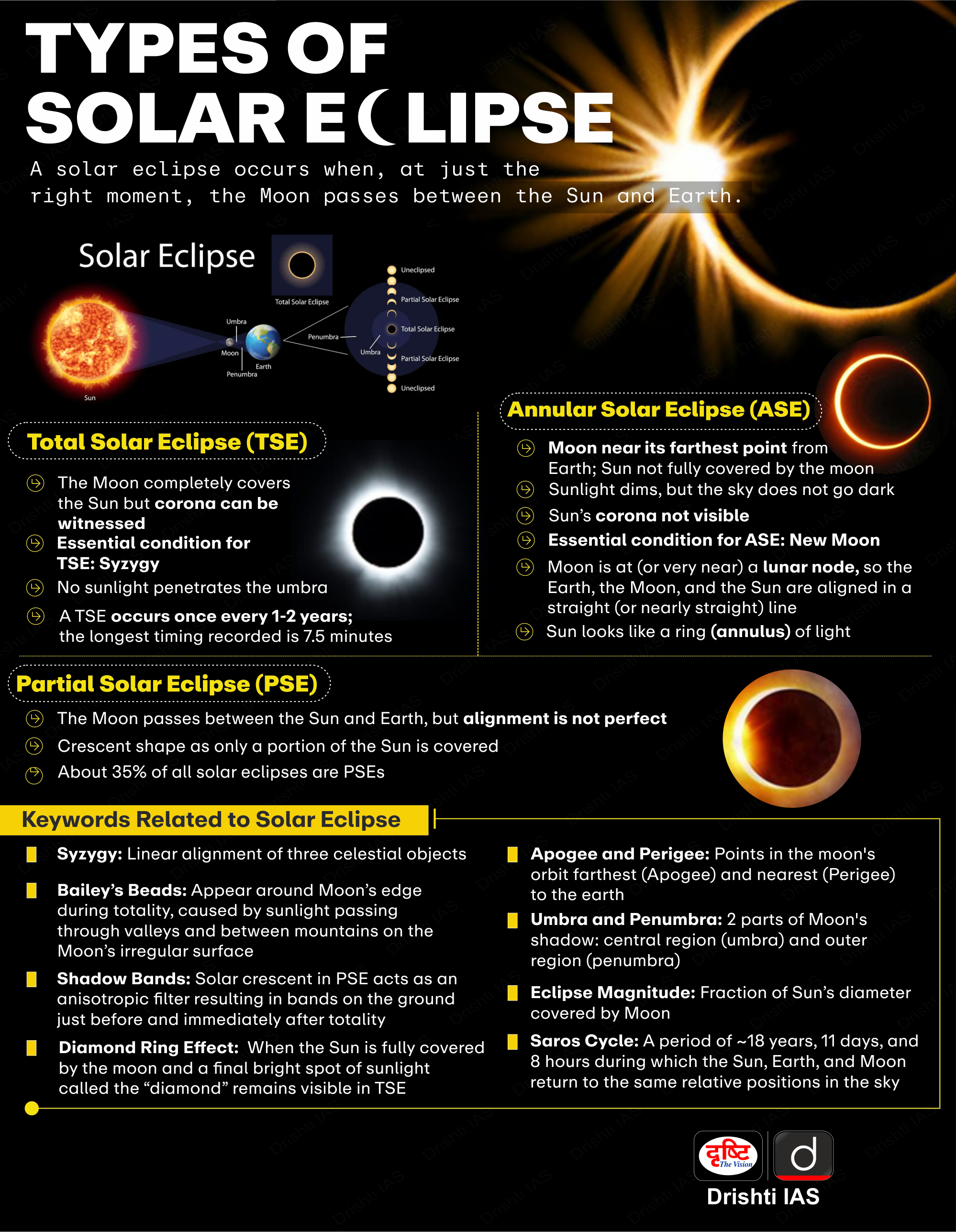
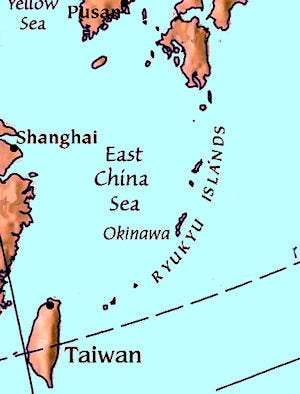
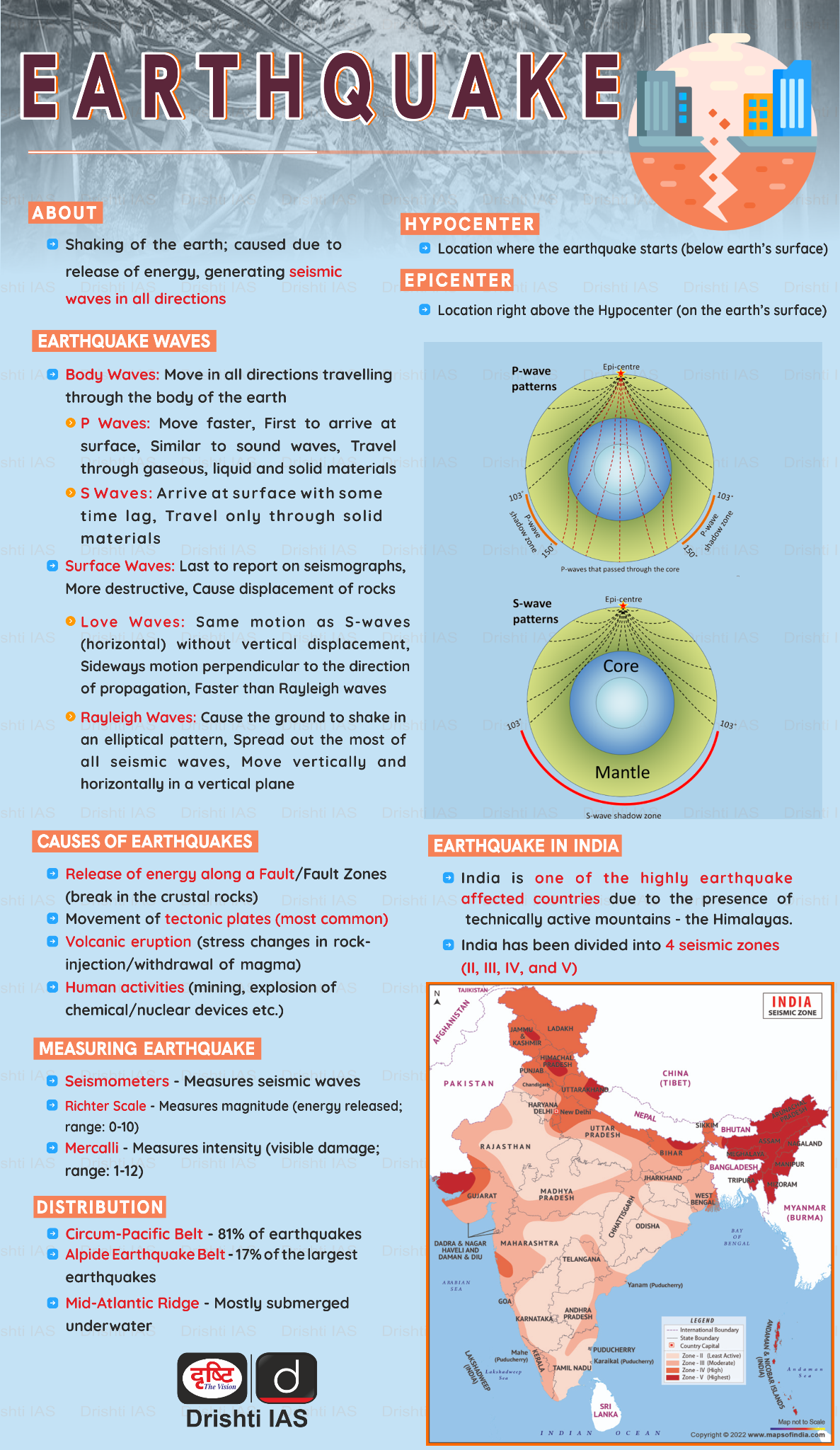
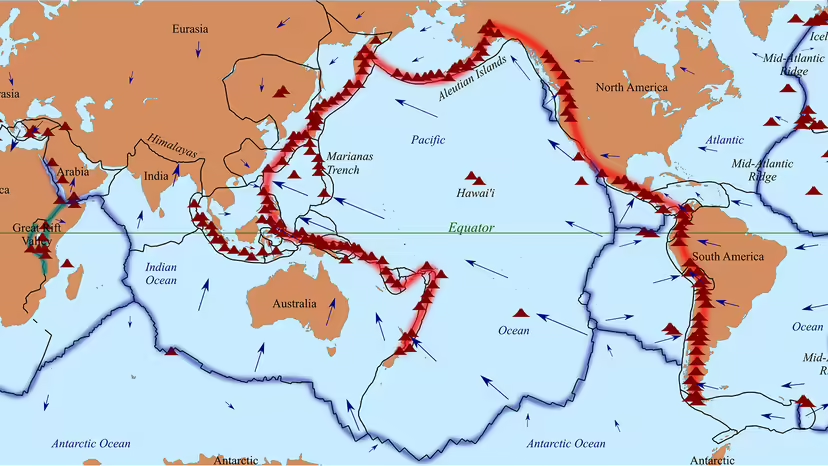
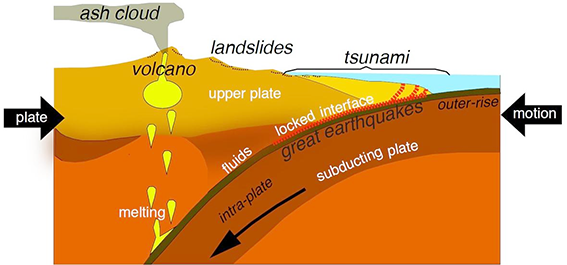

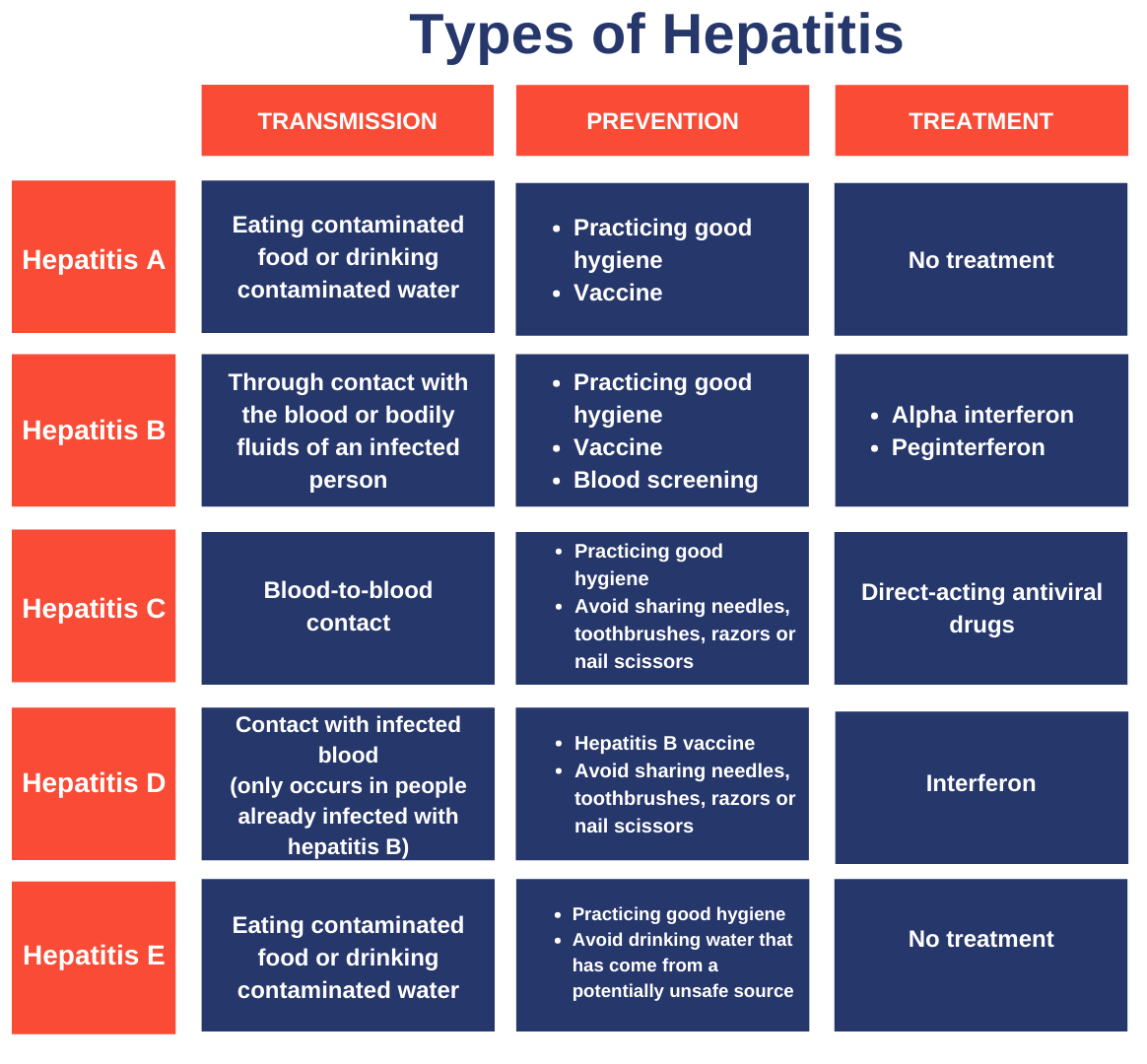
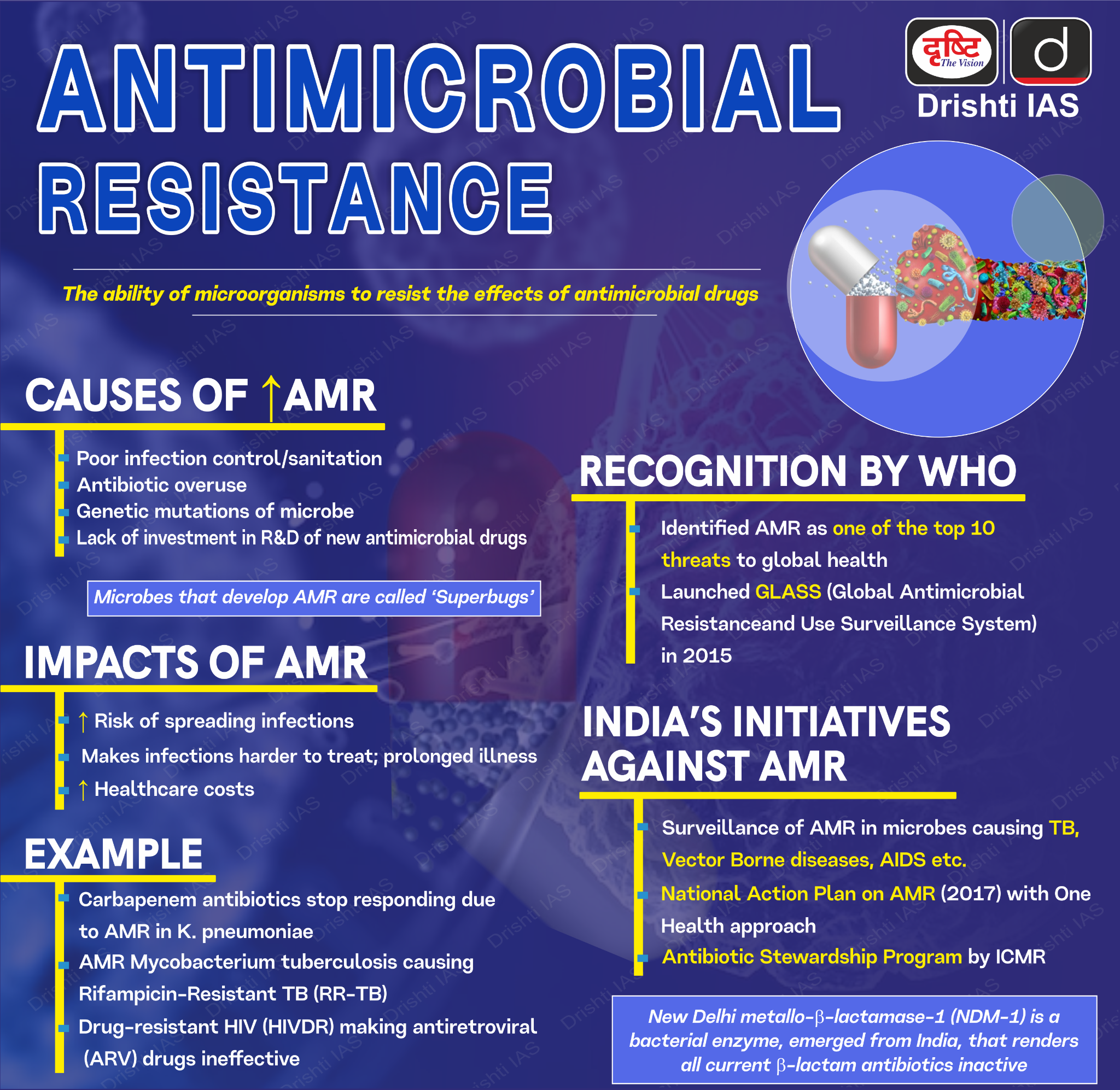

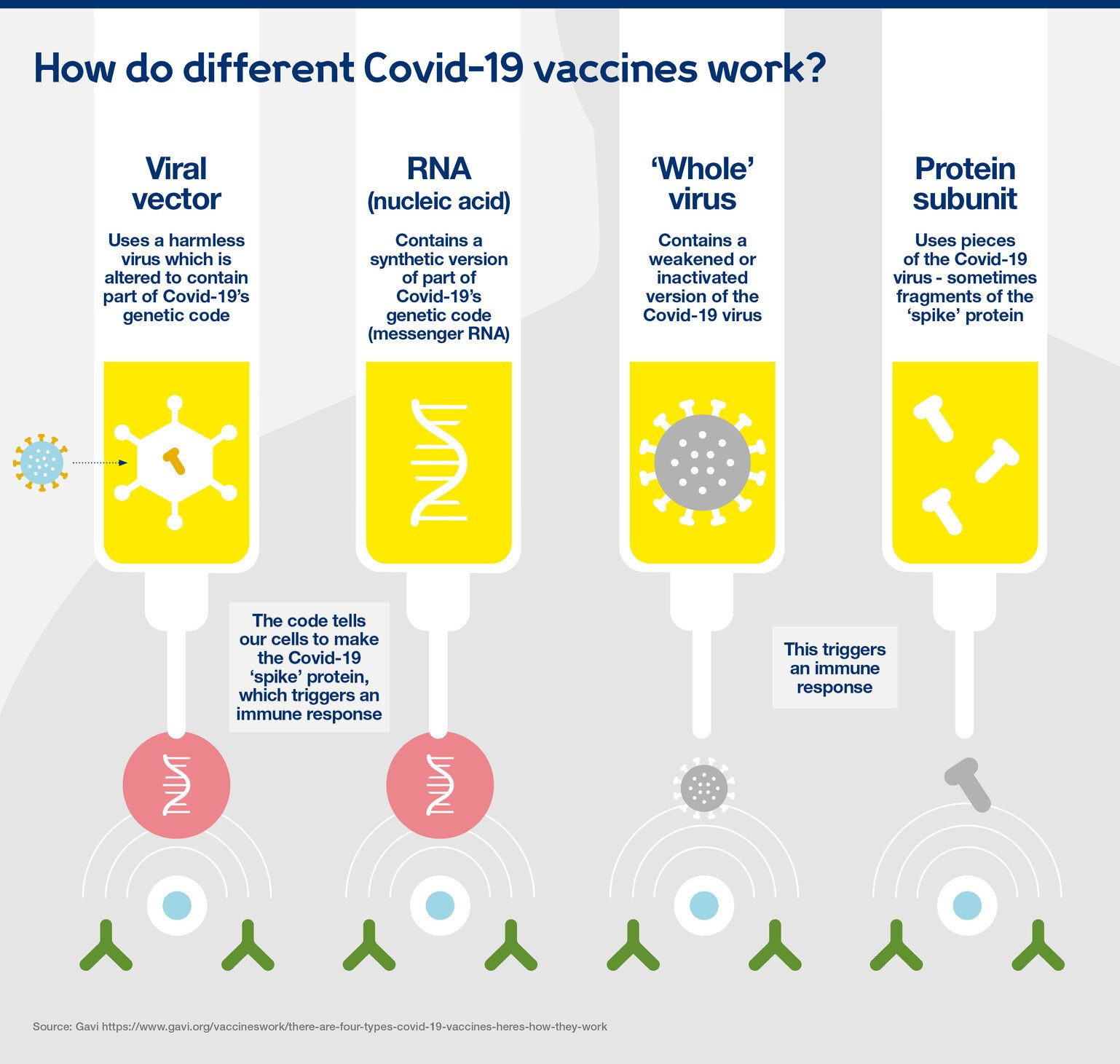
.png)




